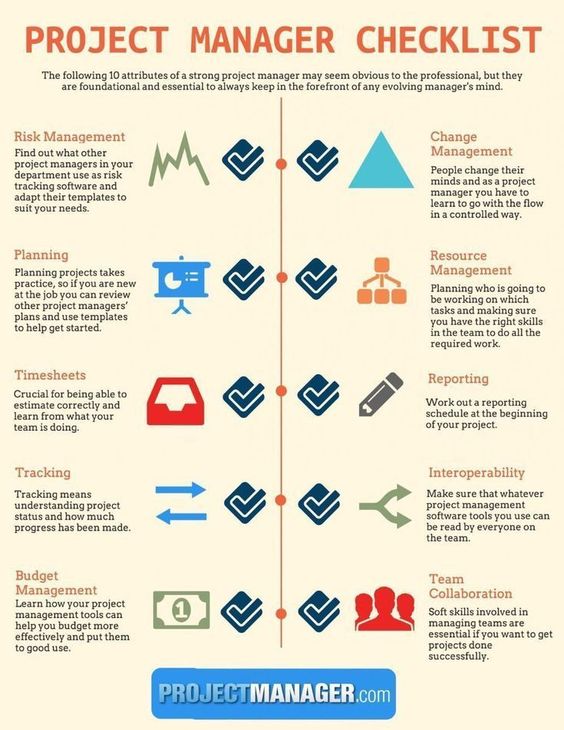Project management is the practice of leading the planning, execution, and monitoring of a specific, short-term, and finite project. The purpose of project management is to deliver the project objectives within the agreed upon time, budget, and scope. Project management is essential for organizations to achieve their goals and stay competitive in a rapidly changing business environment.
Defining the Project Objectives
The first step in project management is to define the project objectives. This involves clarifying the purpose of the project and identifying the key results that need to be achieved. The project objectives should be specific, measurable, attainable, relevant, and time-bound (SMART).
Creating the Project Plan
Once the project objectives have been defined, the next step is to create a project plan. The project plan outlines the steps that need to be taken to achieve the project objectives, including the tasks, deadlines, resources, and budget required. The project plan also includes contingency plans to manage risk and ensure that the project remains on track.
Assigning Roles and Responsibilities
The project plan should also specify the roles and responsibilities of each team member. This helps to ensure that everyone understands their role in the project and that everyone is working together effectively.
Managing Resources
Project management also involves managing the resources required for the project, including time, money, and materials. This requires careful planning and monitoring to ensure that the project stays within budget and is completed on time.
Monitoring Progress
Regular monitoring of the project’s progress is critical to its success. This involves tracking the completion of tasks, monitoring the budget, and identifying any issues that need to be addressed. Project managers use tools such as Gantt charts, burndown charts, and status reports to monitor progress and communicate with stakeholders.
Managing Risk
Risks are inherent in any project and can have a significant impact on its success. Project managers must identify and assess the risks associated with the project and develop strategies to mitigate or manage these risks. This helps to ensure that the project stays on track and that the project objectives are achieved.
Communicating with Stakeholders
Effective communication with stakeholders is essential for project success. This includes regular updates on the project’s progress, managing expectations, and addressing any concerns that stakeholders may have. Project managers use a variety of communication channels, such as email, face-to-face meetings, and project management software, to communicate with stakeholders.
Reviewing and Evaluating
the Project Once the project is completed, it is important to review and evaluate its success. This involves comparing the project’s actual results with the project objectives, identifying what worked well and what could be improved, and making recommendations for future projects.
You might find these FREE courses useful:
Conclusion
Project management is a complex and challenging field, but with the right skills and tools, it is possible to deliver successful projects that meet the needs of the organization and its stakeholders. The key to success is to define clear project objectives, create a detailed project plan, monitor progress, manage risk, communicate effectively, and evaluate the project’s results. By following these principles, organizations can achieve their goals and stay competitive in a rapidly changing business environment.





